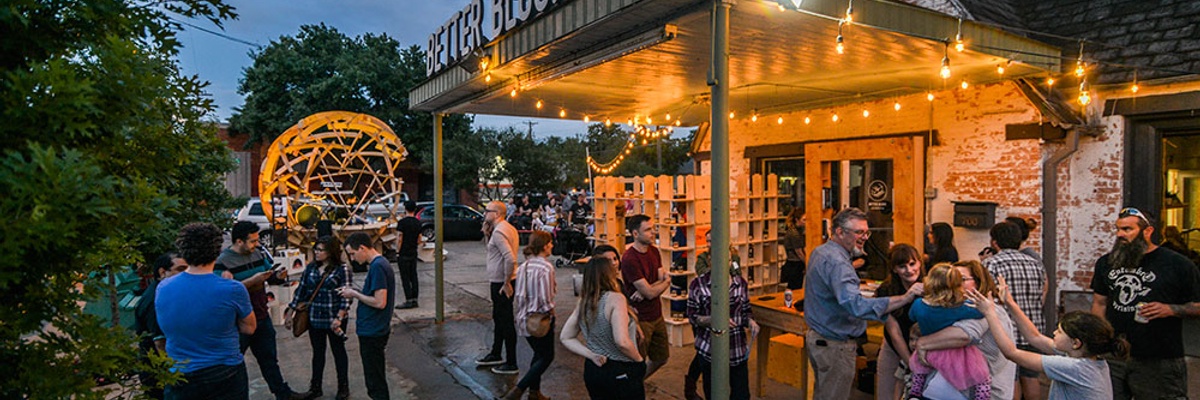Does your city have an existing slow street program?
It's best to check to see if your city has an existing slow / shared street program or if they are in the process of creating one. If there is an existing program, you should be able to find some information online. An existing program means that some of the groundwork might be done.
Planning Slow Streets Neighborhood
When planning to turn one of your neighborhoods into a Slow Street, take some things into consideration:
- Is it a low traffic area?
- Are there any signals along the street?
- Must be open to local traffic, deliveries, and emergencies
Work with the community to determine which design works best
Every neighborhood is unique, but they share many similarities. Before you can figure out what design works best for your street, see what your neighbors have to say about the project and what they need the most by having a discussion. Do your plans align with their needs? You'll want honest feedback and they can help you narrow down the design for the street.
If you want to include new furniture for the community to enjoy, take a look at the Better Block Foundation's Wikiblock, it's an online library of street-furniture design developed by their team.
You may also need a group of volunteers that can help out with the street's transformation. Whether they're talking to neighbors for feedback or creating safety signs for the big day, it's better to get multiple people involved. They'll feel like they've become more integrated in a space shared by all.
Remind the group of the local COVID guidelines when visiting neighbors and during transformation day.
Before it happens, it needs to be approved
Since you're temporarily transforming your street, you'll have to work with you city leadership to create more space for people to prove a safe area for residents to get outside and get exercise. This is the stepping stone for having a permanent slow street in the near future.
Time to transform your street
If you can, check the weather a few days to a week before, to plan accordingly for bad weather (raining, snowing, heatwave, etc.). It could be difficult to postpone the day if the city gives you a limited time to work on the street's transformation.
- Give you and your volunteers enough time to unload your equipment like cones, tempera paint, reflective tape, so arrive an hour or so before the start time.
- Bring water bottles (and snacks) to keep everyone hydrated.
- Don't forget to take before and after pictures of the area to share with your group, community, and city officials. Celebrate with everyone and show off your hard work!
Remember to dispose of any PPE equipment such as gloves and masks properly.









 "Welcome to the Better Block Foundation's Slow/Shared Streets program page. The Better Block Foundation is a 501(c)3 nonprofit that educates, equips, and empowers communities and their leaders to reshape and reactivate built environments to promote the growth of healthy and vibrant neighborhoods. We'll walk you through the Slow/Shared Streets concept to set up a program in your own neighborhood. Let's get started."
- Jason Roberts, Founder, Better Block Foundation
"Welcome to the Better Block Foundation's Slow/Shared Streets program page. The Better Block Foundation is a 501(c)3 nonprofit that educates, equips, and empowers communities and their leaders to reshape and reactivate built environments to promote the growth of healthy and vibrant neighborhoods. We'll walk you through the Slow/Shared Streets concept to set up a program in your own neighborhood. Let's get started."
- Jason Roberts, Founder, Better Block Foundation
